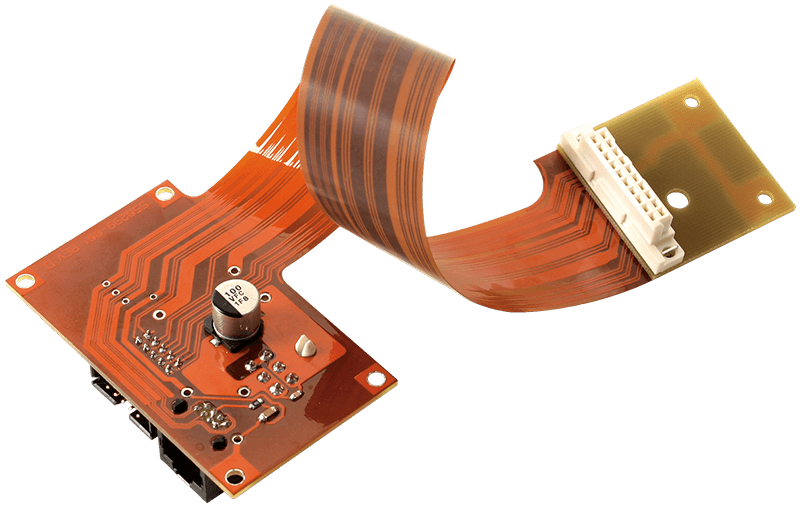The Future Of PCB Design: Embracing The Advantages Of Flex Circuit Technology
Innovation is crucial to keep up with the ever-changing technological world. Manufacturers are always seeking innovative ways to improve the manufacturing process of their products as the demand for smaller, more flexible, and high-performance electronic components. Flex circuit manufacturing is one of the newest technology that has received much interest.
Flexible printed circuit boards can also be called Flexible Circuits. They provide a variety of advantages over traditional PCBs that are rigid. These circuits bend, twist, and mold into different forms. They are perfect for applications that require intricate designs, smaller spaces, or greater durability.

Flex circuits enable manufacturers to extend the boundaries of design by providing a flexible foundation that adapts to the curves of the product. This flexibility allows for more creative and compact designs, ultimately leading to smaller and lighter devices. Imagine a smartphone that curves easily around your wrist. Perhaps a fitness tracker is discreetly fitted around your wrist. Or even a smart device with an ergonomic, seamless design. Flex circuits allow engineers and designers to turn these concepts into reality, opening an entirely new realm of possibilities for product development.
Beyond the aesthetic benefits in terms of design, the durability of flex circuits makes them stand out from their rigid counterparts. PCBs made of traditional materials can be damaged by shocks, vibrations, as well as repeated bends. However, flex circuits are made of special materials that can stand up to these conditions, making them incredibly reliable in challenging conditions. This is essential for industries like automotive and aerospace as well as medical, that require electronic components to withstand extreme conditions.
The manufacturing processes used to produce the flex circuits have a huge impact on their impressive abilities. Flex circuits, unlike rigid PCBs, are constructed from a flexible substrate like polyimide or polyester. The substrate is the basis of the circuit and permits it to bend or twist while maintaining electrical connectivity. Flexible circuit makers are able to precisely create circuit traces, integrate intricate interconnects, and connect components on the flexible substrate using advanced manufacturing techniques.
Surface mount technology, also known as SMT, allows for the integration of components on the surface of the flex circuit. This increases the capabilities and flexibility of the circuit. SMT permits manufacturers to place electronic components directly onto the surface of a Flex circuit. This reduces the requirement for bulky connectors and minimizes the size of the device. This streamlined method not only improves signal integrity, it also decreases weight and improves thermal control. For more information, click flex circuit manufacturer
Flexible circuit manufacturing enables efficient prototyping as well as scalable production. Flexible circuit designs enable rapid iterations during the prototyping phase, which speeds up the development process of a product. Flex circuits are also economical when it comes to manufacturing large volumes since they can be manufactured in large quantities using automated manufacturing techniques. This makes flexible circuits a great option for companies looking to bring their ideas to the market quickly and efficiently.
Since the need for flexible electronics continues to grow, the availability of reliable manufacturers of flexible circuits becomes critical. To ensure high-quality, precision, and consistent manufacturing of flex circuits it is crucial to partner with reputable and experienced manufacturers. These manufacturers have the knowledge and experience to guide you through the process of designing offer valuable insights into the choice of materials, and assure compliance with industry standards.
At the end of the day, flex circuits are indispensable components that allow modern electronic assemblies to reach the highest achievable level of complexity. Flexible circuits play an essential component in the development of complex electronic systems. From consumer electronic equipment to the military, they are utilized in a wide range of applications. Flexible substrates let engineers develop designs that are feature-rich yet fit within tight dimensions for assembly footprints. Flexible assembly solutions are superior to other routing methods when it comes to satisfying size limitations. If you’re looking for projects that require complex interconnections that integrate different technologies in a well-crafted package, designing with the flex circuit is far and away the best choice.
